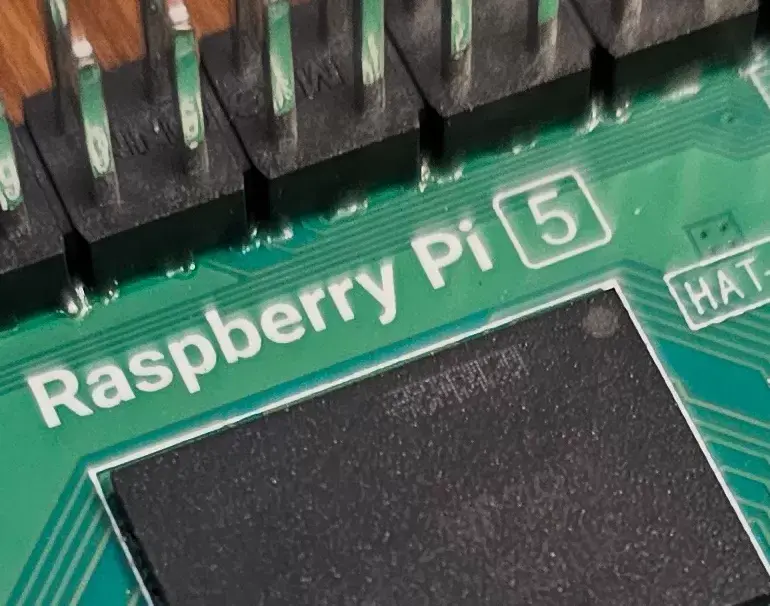- cross-posted to:
- [email protected]
- [email protected]
- cross-posted to:
- [email protected]
- [email protected]
Four years after the Raspberry Pi 4 shipped, today the Raspberry Pi 5 is launching with a much improved SoC leading to significant performance gains.
The Raspberry Pi 5 is designed to deliver a 2~3x performance improvement over the Raspberry Pi 4. The Raspberry Pi 5 features a quad-core Cortex-A76 processor that clocks up to 2.4GHz, compared to the four Cortex-A72 cores found in the Raspberry Pi 4 that only clocked up to 1.8GHz. The graphics are also much-improved with now having an 800MHz VideoCore VII graphics processor over the VideoCore VI graphics with the Raspberry Pi 4. The Raspberry Pi 5 is capable of driving two 4K @ 60Hz displays and features 4K @ 60 HEVC decode hardware capabilities.
Also interesting with the Raspberry Pi 5 is that it features in-house silicon in the form of the RP1 “southbridge” used for much of the board’s I/O capabilities. This southbridge should yield faster USB I/O along with other I/O bandwidth upgrades like a doubling of the peak SD card performance. The Raspberry Pi 5 also features a single-lane PCI Express 2.0 interface for improved connectivity.



Looking at photos of the Pi5 board, the PCIe pins are a separate ribbon connector. I am guessing the M2 hat will just use the GPIO pins for power and hardware detection, and pass the others through.
I agree it would be have been useful to have an M2 slot (or maybe eMMC connector) integrated indirectly to the board. Other similar SBCs have done so. Perhaps the Pi designers were concerned about board space or thermal considerations. I imagine they want to keep the form factor as similar as possible each version, so they maybe can’t make drastic changes to the board layout.